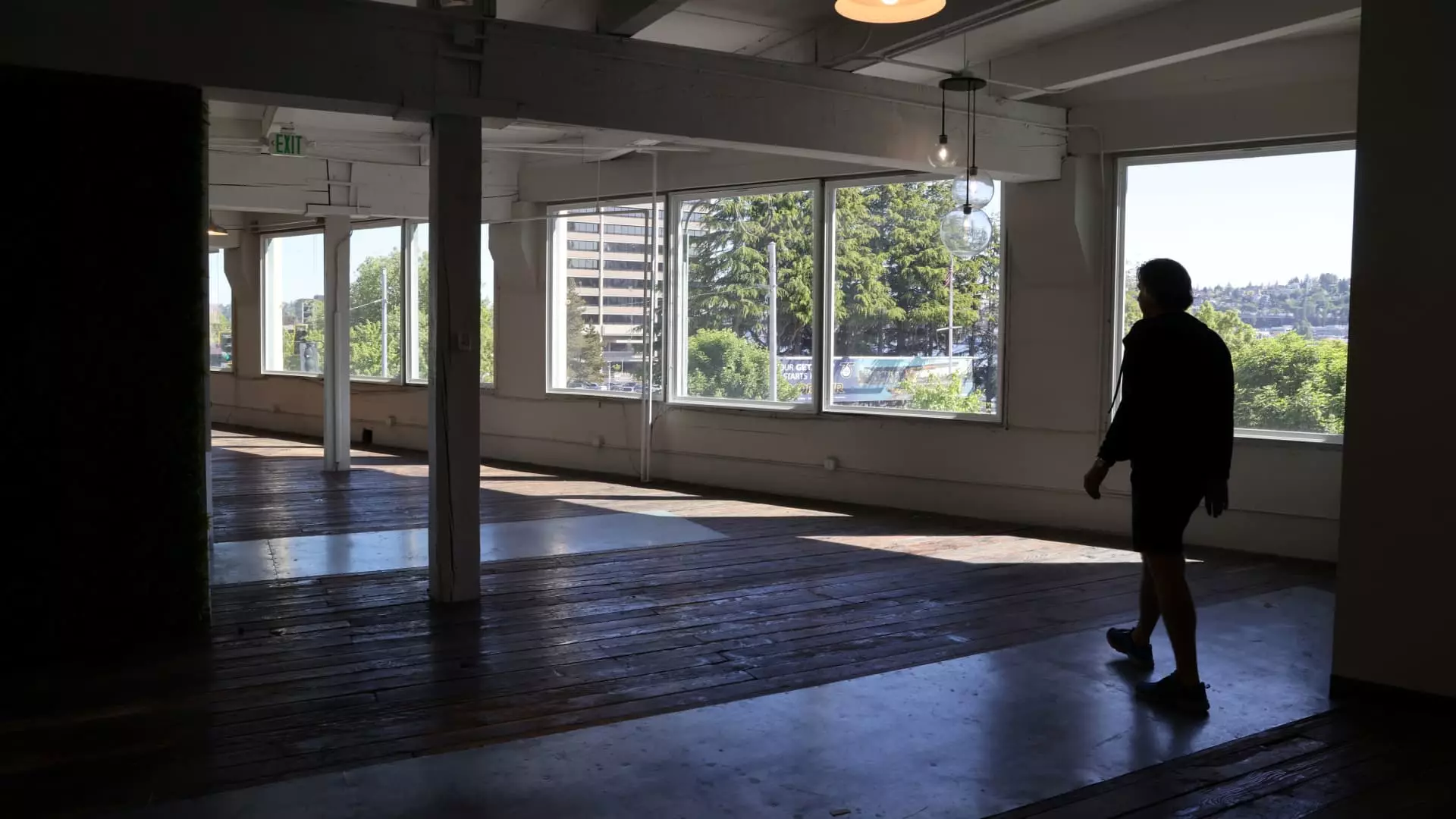The American office market is at a watershed moment, undergoing a seismic transformation that necessitates our attention and scrutiny. For the first time in a generation, the balance of office space is tipping towards reductions rather than expansions, with exclusive data from CBRE Group confirming that the number of offices being converted or demolished is outpacing those being newly constructed. This is not merely a statistic; it heralds a significant shift in how we view workspaces, and inevitably, our work culture itself.
Gone are the days when towering skyscrapers symbolized business success and corporate stability. Instead, a newfound skepticism around traditional office setups has taken root, largely spurred by the permanent shift towards remote work triggered by the pandemic. Once stalwart companies are now reevaluating their office needs, and this reevaluation is reshaping our urban landscapes.
The Numbers Speak Volumes
According to CBRE, a staggering 23.3 million square feet of office space in the top 58 U.S. markets is set for conversion or demolition this year. Contrast that with projected new office construction at a meager 12.7 million square feet, and it becomes clear that something is fundamentally different. An astonishing 19% vacancy rate continues to linger, indicating that our societal expectations around workplaces are evolving faster than the physical spaces they occupy.
People’s attitudes toward work-life balance and flexibility are noticeably shifting, and businesses must react accordingly. Outdated offices, filled with cubicles and fluorescent lights, are becoming relics of the past—an echo of a pre-pandemic world that no longer serves the interests of a modern, dynamic workforce. While some cautiously speculate about eventual recovery, the reality is that change is slow but necessary; the market must shed its obsolete structures to make way for more flexible, purpose-driven environments.
Market Dynamics and Economic Implications
The rise of office conversions presents a multifaceted economic opportunity. Major players in the real estate investment trust (REIT) sector, like Vornado and Alexandria Real Estate Equities, are riding this wave of transformation as they adapt to changing demands. We are witnessing a greater focus on Class A spaces, which are not just resilient but thriving as they cater to a new breed of tenant who prizes quality, modernity, and flexibility in their workspaces.
However, it is critical to approach this newfound optimism with a realistic lens. While net absorption is finally trending positive and leasing activity has surged by 18% year-on-year, this does not automatically guarantee a sweeping recovery. The very nature of urban office space is under scrutiny: as companies shed excess square footage, they must consider the modern worker’s needs—an individual who may not see the relevance of a corporate office in the same way their predecessors did.
Another layer of complexity is added when considering the logistical and financial hurdles that still loom large over conversion projects. The inherent costs associated with construction labor and materials remain high, acting as significant barriers to rapid adaptations. As the supply of suitable buildings for conversion inevitably dwindles, developers must navigate a complicated roadmap to create work environments that actually resonate with today’s workforce.
A Bright but Uncertain Future
Despite the challenges that lie ahead, the focus on demolishing and converting office spaces provides a potentially vibrant revival of our urban neighborhoods. By prioritizing mixed-use developments that blend residential, commercial, and recreational spaces, cities can become more livable and community-oriented. This shift can inject vitality into metropolitan areas long viewed as merely business hubs.
But amid this cautious optimism, we must not overlook the very real implications of such change. A reduction in overall office space can lead to economic disruption for countless industries reliant on traditional work structures. It raises questions about employment practices, wage disparities, and even regional economic vitality as cities adapt to this new reality.
Ultimately, while the American office market is navigating uncharted waters, it must evolve thoughtfully, prioritizing both adaptability and sustainability to ensure a more resilient future. The challenge is how quickly these changes can take effect, and whether we can pivot quickly enough to meet the expectations of a transformed workforce, craving flexibility and empowerment. It’s a delicate balancing act, but one that could redefine the very essence of work as we know it.

Leave a Reply